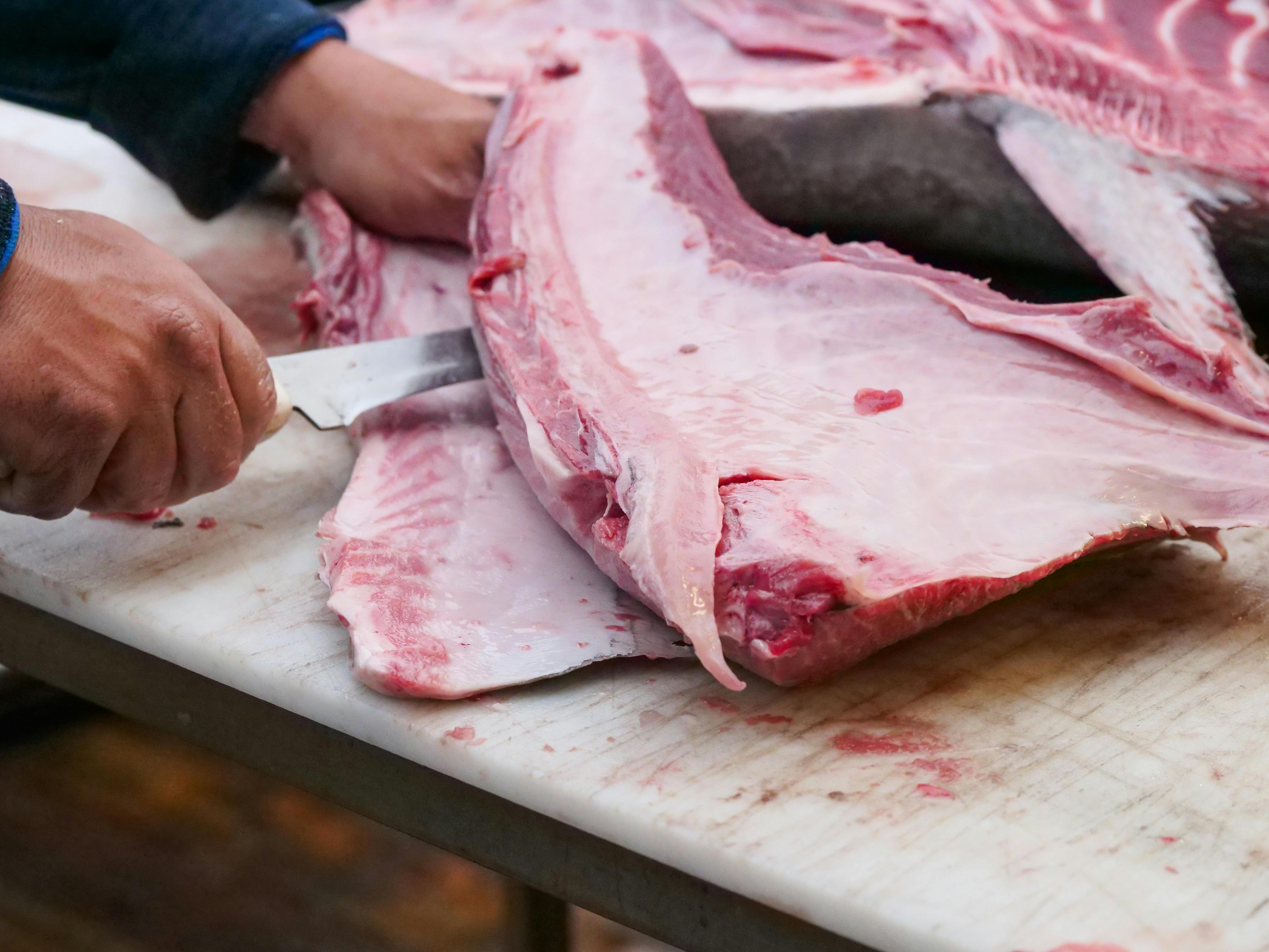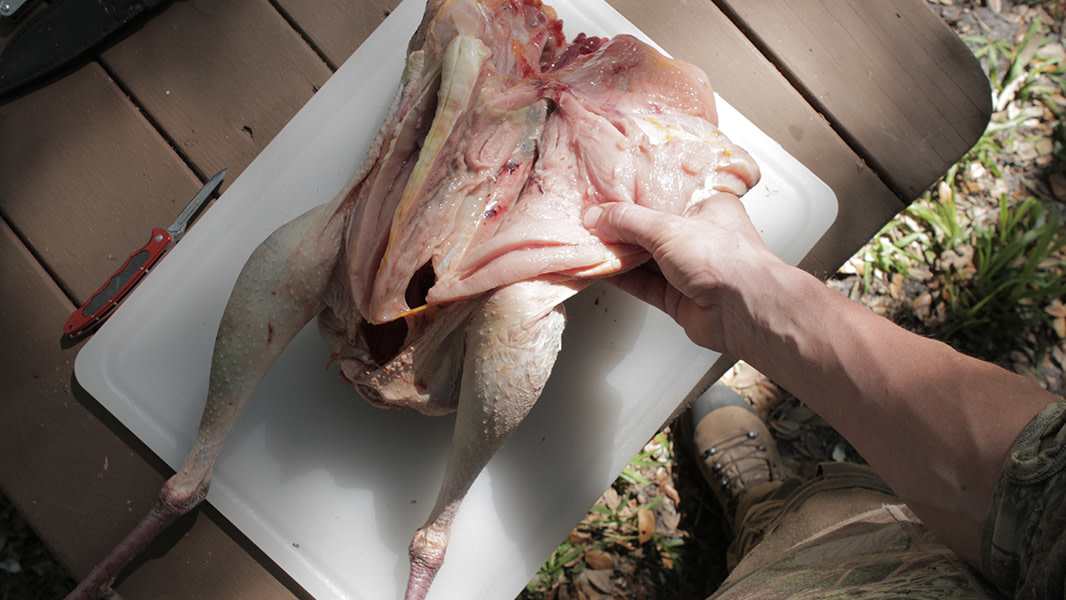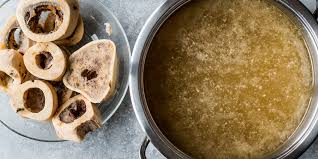Food and Water Storage
May 31, 2024 | by N Johansson
Food and Water Storage: Techniques, Solutions, and Preparations for Various Needs
Food and water storage are critical aspects of daily life, emergency preparedness, and sustainable living. Individuals search for information on these topics for various reasons, including long-term food storage techniques, water storage solutions, preparing for different climates, emergency preparedness, outdoor activities, sustainable living, food security, and environmental concerns.
Long-term Food Storage Techniques
Canning, dehydrating, and freeze-drying are methods to preserve food for extended periods. These techniques ensure a steady supply during emergencies or for outdoor activities. For instance, leftover or cooked food can be stored in the refrigerator for up to four days.
Canning: This process involves placing foods in jars and heating them to a temperature that destroys microorganisms and inactivates enzymes. The heat also forms a vacuum seal, preventing other microorganisms from entering and contaminating the food.
Dehydrating: Removing water from foods to inhibit the growth of microorganisms. Dehydrated foods can last for months to years if stored in airtight containers in a cool, dark place.
Freeze-Drying: This method involves freezing the food, then reducing the surrounding pressure and adding heat to allow the frozen water in the food to sublime directly from the solid phase to the gas phase. Freeze-dried foods can last 25 years or more if properly packaged and stored.
Water Storage Solutions
Safe containers and water purification methods are crucial for storing water, especially in areas where access to clean water is limited or during natural disasters. The choice of water storage containers is important, and options range from free to more expensive, depending on custom needs. It's also essential to know how to treat water before storing it and how often to rotate it.
Water Storage Containers: Options include food-grade plastic or glass bottles, large barrels, and water storage bags. Always ensure your containers are BPA-free to avoid chemical contamination.
Water Purification: Methods include boiling, using water purification tablets, and employing water filters. Treated water should be stored in a cool, dark place, and rotated every six months to ensure freshness.
Preparing for Different Climates
Food and water storage techniques vary depending on the region's climate, taking into account factors like temperature, humidity, and seasonal changes. For example, in arid climates, foods should be stored in cooler locations to prevent heat from accelerating spoilage. In areas with frequent flooding, it's important to discard any food that may have come into contact with flood water.
Emergency Preparedness
Having a stockpile of non-perishable food and stored water can be a lifesaver during emergencies or natural disasters. Flood waters covering food stored on shelves and in cabinets require careful handling, with a focus on discarding any food that may have come into contact with flood water. Recommended food items include canned goods, dry mixes, and other staples that do not require refrigeration, cooking, water, or special preparation.
Outdoor Activities and Camping
Campers and outdoor enthusiasts need reliable supplies of safe food and water during their trips. Freeze-dried food is a convenient and nutritious option with a shelf life of 25 years, adding a "smart" element to traditional food storage methods. Additionally, portable water filters and purification tablets are essential tools for ensuring water safety in the wilderness.
Sustainable Living
Understanding proper food and water storage techniques is essential for reducing food waste and conserving water. Storing what your family eats and eating what you store is a key rule in food storage, ensuring that your family has good food that they're accustomed to, even in difficult times. Using reusable containers and avoiding single-use plastics contribute to a more sustainable lifestyle.
Food Security
In areas where food security is a concern, individuals may search for ways to store food and water to ensure a steady supply, especially for vulnerable populations like the elderly or those with limited mobility. Building a well-structured pantry with a variety of food items can help households withstand periods of scarcity.
Environmental Concerns
The impact of food and water storage on the environment, such as the use of plastics and energy consumption, is also a factor in people's searches. Using eco-friendly containers and minimizing waste are important considerations in sustainable food and water storage practices. Opt for glass, stainless steel, or biodegradable materials when possible.
Conclusion:
Food and water storage are vital aspects of daily life, emergency preparedness, and sustainable living. Understanding the various techniques, solutions, and preparations for different needs is crucial for ensuring a steady supply of safe food and water.
References:
- Food Storage Moms. (2020). Prepping for Beginners: A Guide to Get You Started. Retrieved from https://www.foodstoragemoms.com/prepping-for-beginners/
- Cookie and Kate. (n.d.). Food Storage Tips (Make Your Food Last Longer). Retrieved from https://cookieandkate.com/food-storage-tips/
- Family Survival Planning. (n.d.). Food Storage For Beginners. Retrieved from https://www.familysurvivalplanning.com/food-storage-for-beginners.html
- YouTube. (2023). Food Storage Tips to Keep Produce Fresh For Longer. Retrieved from https://www.youtube.com/watch?v=0AgfbjPZMhE
- Valley Food Storage. (2023). A Beginner's Guide on How to Start Food Storage. Retrieved from https://valleyfoodstorage.com/blogs/inside-vfs/how-to-start-food-storage-essentials-for-beginners
Read more about Food and Water Storage




